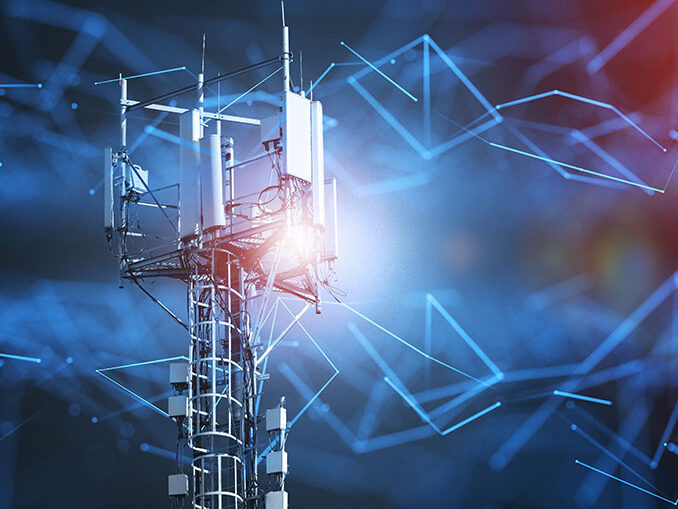IoT Connectivity Challenges and How to Overcome Them
By Noam Shany
June 6, 2024
An Internet of Things (IoT) deployment is a multiyear journey. An IoT life cycle has three phases: planning, rollout and operation. Throughout each phase, multiple connectivity challenges will arise.

At the planning or design phase, enterprises must make multiple complex decisions, including:
Choosing a suitable data plan for the country or region of deployment is complicated. Enterprises must also push towards minimizing the number of stock-keeping units (SKUs) to deploy. Managing multiple SKUs for different markets can create significant operational overhead.
There are additional issues, such as supported cellular technologies and unpredictable battery life. If a solution depends on stable battery power, wireless connectivity performance becomes critical. However, poor connectivity can drastically impact a battery-operated device’s lifespan.

The rollout phase of an IoT deployment presents several connectivity challenges, including:
These challenges impact IoT deployment success. Companies struggle to manage multiple suppliers since they must combine different data streams, such as billing and monitoring.
Enterprises engaged with many partners and carriers cannot control their connectivity. This lack of control hinders their ability to obtain a clear view of usage and performance.

In the operational phase, businesses need one control panel to manage multiple suppliers or they will face difficulties. Without this one interface, enterprises cannot combine various data streams, making it hard to understand information.
Another challenge enterprises can encounter at this phase is uncontrolled data costs. There is always the risk that a local MNO could increase roaming costs.
In addition, there is the risk of connectivity outages. The likelihood of outages can vary depending on the country or region. Still, enterprises must prepare accordingly.
Enterprises must also maintain end-to-end IoT cybersecurity across a scaled deployment. Edge devices are prone to potential intrusions, including attacks on data and control.
Companies can overcome connectivity obstacles with a partner that uses a connectivity by design approach for the device’s lifespan. Moreover, this partner should have a wide tool and solution portfolio.

An ideal provider understands the initial and design product stages and will offer tailored connectivity plans. These plans will enable global coverage across multiple IoT technologies for mobile and static applications. In addition, they can adapt to the specific needs of each application, giving enterprises predictable cost and coverage.
Enterprises dealing with multiple connectivity suppliers should look for a partner that offers:
Furthermore, this partner should provide solutions that enable in-field network selection. These solutions provide the best coverage and battery life, eliminate roaming restrictions, and reduce installation costs.

Select a partner that offers remote subscription management. This provider must use cellular module capabilities to monitor the network and context of a device’s deployment. This ability ensures that the best connectivity can be chosen for the device remotely. Remote subscription management also decreases truck rolls and ensures business continuity and flexibility.
An ideal partner should provide connectivity outage control and failover for optimal performance and resilience. Furthermore, this partner should have an advanced connectivity management platform. Enterprises can leverage one portal to resolve issues and monitor and control their connectivity health.
Telit Cinterion’s IoT modules, connectivity plans and services, platforms and custom solutions help overcome connectivity challenges throughout the IoT journey. We include connectivity by design and support you from start to finish in creating and running your application. Our approach ensures efficient connectivity tailored to the specific use case.
Editor’s Note: This blog was originally published on 10 February 2020 and has since been updated.